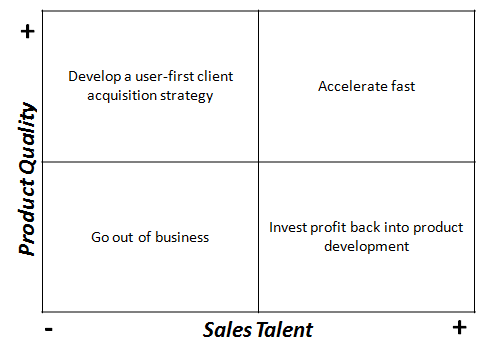Jim Keenan had a good post a while back titled, The "Lowest Price" is a Business Model not a "Sales Tactic".
The key line in the post was:
Pricing is a business model, it's not a sales tactic. Yes, you can wiggle a little on price. It's to be expected, but competing on price has no place in sales -- unless it's your business model.
It's a great post, I recommend checking it out when you get a chance.
That said, I'd like to extend the idea a bit. In my mind, a good salesperson shouldn't want to compete on price; in fact, on the contrary, they should want to be the highest priced player in the market. Not only does the highest price lead to higher commissions but it also implies that you're not afraid to compete on product (to justify the price, you must have good quality). And it raises the bar on the quality of your sales talent and sales approach (you have to be better than the rest).
A while back, I was on a sales call and the prospect said, "you know, I've done some research and it seems that your product is more expensive than your competitors."
Our answer was this: "well, you can stop doing research on that, because our prices are higher than anyone else in the market, much higher."
While bold, most people would be amazed at how productive this can make the sales process. It also goes right to the heart of the matter (gets the elephant out of the room) and levels the playing field in the process; i.e., "do you want to work with the best?"
Apple is a perfect example of this approach -- their prices are far higher than Dell, HP, Lenovo, etc. but they can justify it because they're perceived to have higher quality products. Apple never competes on price strategically, and I'm sure their salespeople on the ground don't even try.
Of course, this sales tactic has to be supported by product quality and company strategy, but regardless, I want the salesperson that wants to sell a product that's of the highest quality and proudly quotes a price that is consistent with that value.


